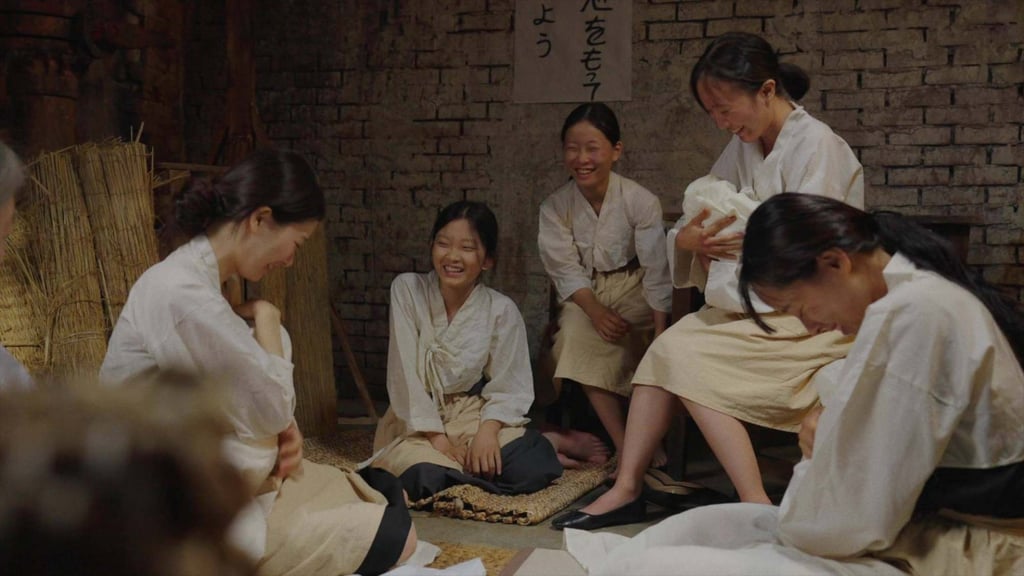The film vividly recreates the memories of these workers – more than 80 per cent of whom were teenage girls – who crossed the sea to work in spinning mills and support their families during the Japanese colonial era. It does so through survivors’ testimonies, historical records and re-enactments.

However, the tone of the film portrays these workers as independent, strong women who carved out their own lives, not just victims of discrimination and violence.
They chose to work in Japan. However, they faced harsh conditions: 12-hour shifts, beatings from supervisors if threads broke and confinement behind a high fence to prevent escape from the dormitory.
Also, lacking money to buy food, they had to roast and eat pig intestines from butcher shops and endure contempt from Japanese people.
While the forced conscription of Koreans and sex slaves during World War II is well known, the case of the female workers seems to be less known and less researched
Despite their circumstances, these women opened night schools to study Korean and went on strike to protest against the unfair treatment. They even fought for Japanese colleagues who were unjustly fired.
“There was discrimination and various incidents. But now I don’t hold those things in my heart. It’s the life I’ve lived until now,” says Shin Nam-sook, now in her 90s, a former worker at the spinning mill.
Director Lee Won-sik became curious about them after seeing the spinning mill wall during a visit to Osaka.

“When I visited Osaka in 2017, I became curious after seeing an old red wall with cross-shaped fixtures. I found it was the wall of a spinning mill, and the cross shapes were frames used to wrap wire to prevent the workers from escaping,” Lee said during a news conference.
“While the forced conscription of Koreans and sex slaves during World War II is well known, the case of the female workers seems to be less known and less researched as it’s a history at the civilian level.”
Fourth-generation Korean-Japanese actress Kang Ha-na took on the lead role in the film, bringing to life the story of factory workers based on their testimonies.

“I received positive energy while participating in this film,” Kang said. “The lives of Korean women workers are not just about painful history. (The audience) will be able to gain bright, strong and positive energy.”
“I felt that living proudly as a Korean-Japanese is the same whether it’s the first or fourth generation. I also gained energy as a Korean-Japanese [person] while filming.”
A Song of Korean Factory Girls opens in cinemas on August 7.

